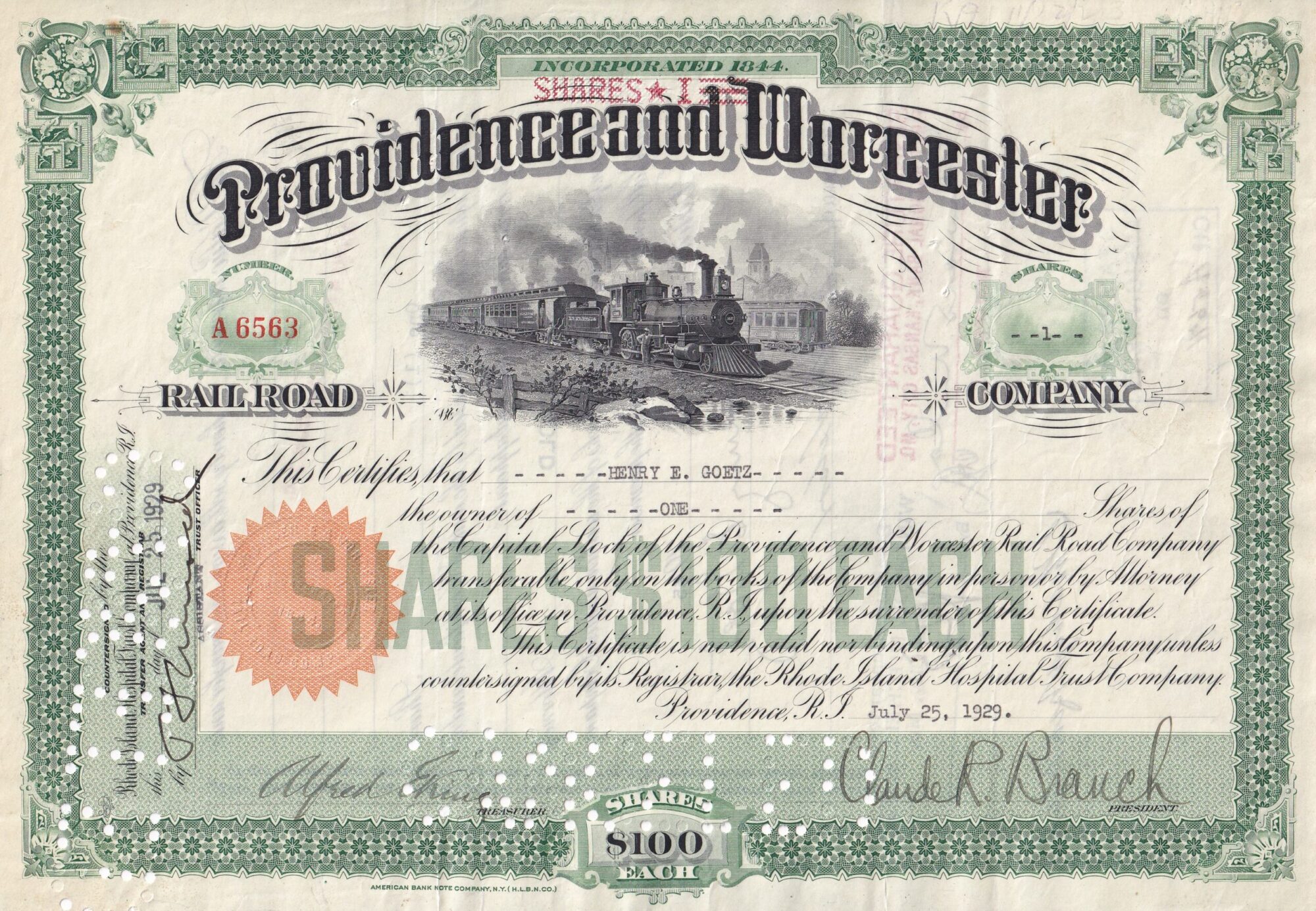Market Makers have successfully managed to develop Dow and S&P500 chart structures between 2018 and 2023 that are similar to chart structures between 1966 and 1973. The end result is also expected to be similar to 1974. Arrows in the charts below overlay Engrbytrade™ markers based on comparable calculations from 1966 to 1973 and indicate a steady decline is expected until the end of 2023. Preliminary estimates indicate the end result would be a drop below 14,000 for the Dow and below 2000 for the S&P500.
Stock chart courtesy of StockCharts.com.



















